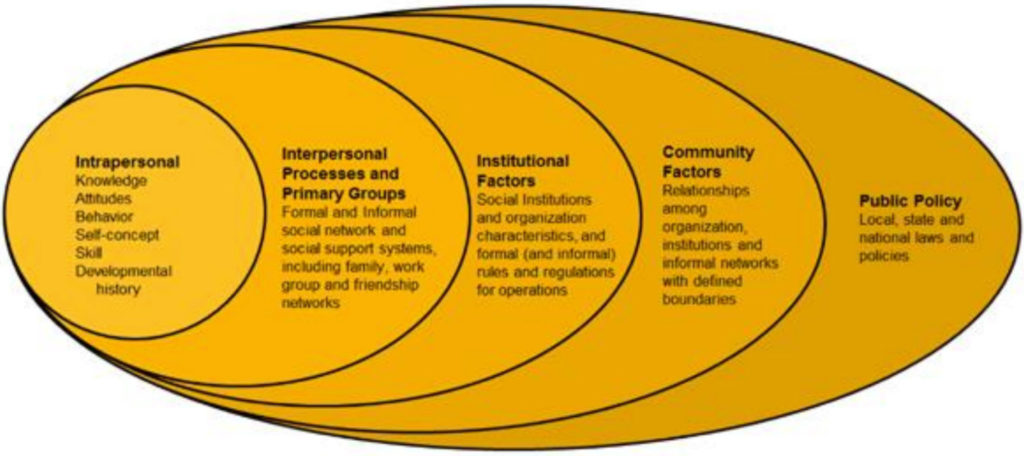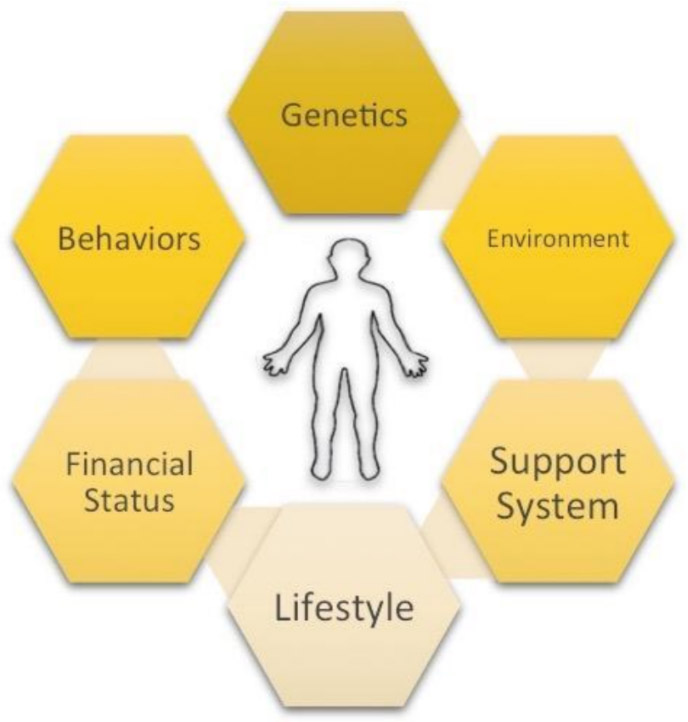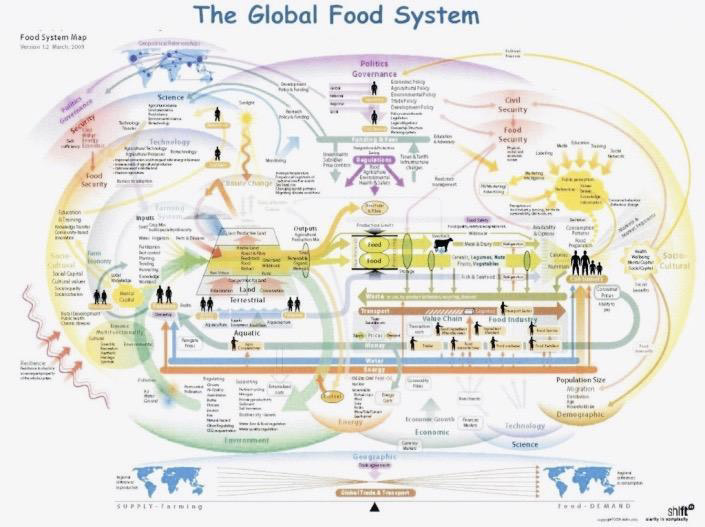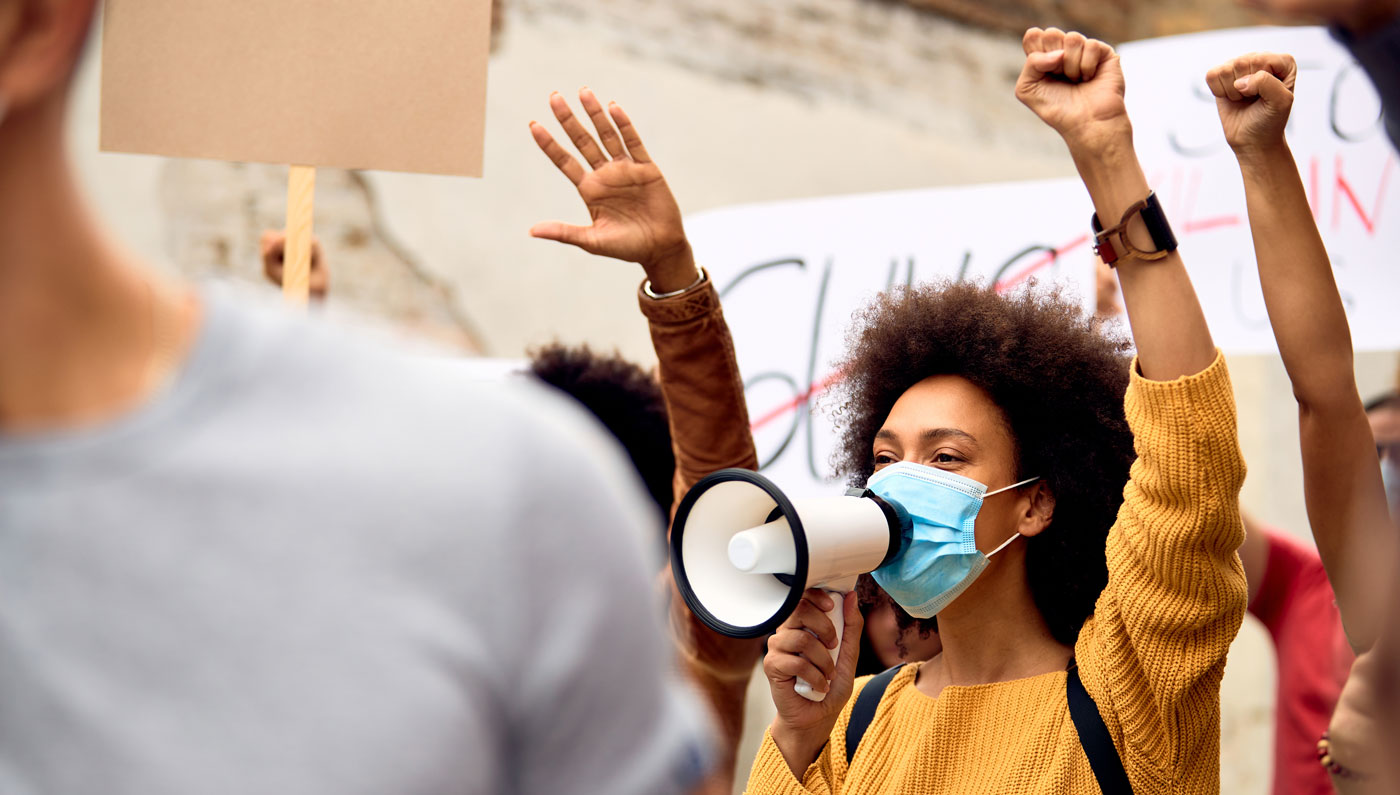


ANTI-RACIST – A Roadmap To Scale Racially
Equitable Institutions
Developed by Department Of the Future & The Forbes Funds
Overview: At this critical juncture in America, where racial equity is at the forefront of our national consciousness, we have an opportunity to ask: “how can the institutions be a part of the solution, with the solution being an equitable society, from individuals to structures?
In response to that provocation, The Forbes Funds and the Department of The Future are establishing an anti-racist / racial equity framework for practitioners to examine themselves and the systems they work within, using the social determinants of health as the compass of the introspection. The framework will be shaped by a brain trust of thought leaders, policy makers, and global institutions. The training will be launched physically in the City of Pittsburgh Pennsylvania and Sousse Tunisia, with a simultaneous virtual platform.
The University of Pittsburgh is a core partner, providing the academic foundation, to carry intellectual rigor and respect for the framework through a three-phased academic course focused on institutional auditing. Carnegie Mellon University will also partner providing co-designed a Social Determinant of Health dashboard. The design will be driven by the Department of The Future, an innovation and applied knowledge firm that has worked with the United Nations and partners across the world, so we bring global “just” practices to the forefront.
Preliminary sketch of the framework is as follows:
PART I → Deepening Understanding and Personal Growth:
- Recruit and establish Brain Trust to deconstruct linear and economy only systems thinking into a circular economy, human-centered and ecologically balanced (ala U.N.’s Sustainable Development Goals).
- Deep thinking and Emotional exposures to history.
- Envisioning breaks/hacks in historical and protopia futures.
PART II → Scaling Understanding and Professional Growth:
- 5-month training in an anti-racist audit of institutions.
- Developing a digital dashboard for sharing audit data.
- Building a cross-sectoral platform for collaborations and “just” practices.
- Social Determinants of Health as the compass for our wireframe.
Potential Impact:
- 20 enrollees, small business, and residents
- 20 enrolled mid-sized institutions (10-50 employees, nonprofits, libraries, early-stage startup)
- 20 enrollees, larger institutions (philanthropy, government, high wealth)
With a target enrollment of 60 trainees, the impact is a minimum of 40 organizations with a wealth impact of $25M, per cohort.
Ecosystems Model

Ecosystems Wireframe: WS3

Our Theory Of Change → Whole Person | Systems | Society
The WS3™ is an Alliance & Framework for interconnected change at scale. It is a partnership to place Human-Centered Design, Racial/Identity Equity, and Ecological Thinking as the primary drivers of earth balanced equitable society.
Across the world, cities and industries are experiencing change at an unprecedented rate. From rapid economic shifts (the decline of industrial revolution era jobs due to automation and AI) to the global Senior Booms, to an international Crisis Of Trust in institutions, to the human impact on the environment.
The WS3™ Alliance & Framework believes to meet the scale of challenges of our time our approaches need to be bolder than the crisis we face, and they need to be interconnected. To engage individuals without the systems that shape them, reform industries in singular or siloed approaches, and to address racial and gender disparities without the long road of systemic inequalities that led to this moment will perpetuate harm at best, increase at worst.
In a similar manner, transforming industry and individuals without embedding ecological balance within it will lead to planetary blowback, disproportionately impacting global indigenous communities, women, and food vulnerable cities.
WS3: Framework and Justification:
Whole Self: Currently, our primary approach to transforming life expectancy inequalities have been through medical systems that treat individuals in isolated cases, outside of the systems they live in. A Whole Self approach acknowledges every human is a complex being shaped by a variety of factors including environment, epigenetics, structures, and individual choice.

Whole Systems: As cities and industries increasingly tackle systems challenges facing them, their approach has been primarily sector-specific (agricultural reforming food chain, teachers rethinking curriculum, elected officials making small shifts in policing and public safety). A Whole Systems Approach understands Public Safety, Childhood Development, and Food Security are all interlocking. As such, we engage the microsystems and small circle influences as building blocks that make up the macro, understanding to change one part is to impact the whole.

Whole Society is a lens that sees society as individuals scaled and converged with governments, public/private partnerships, and civil society. Whole society designs interlocking systems that are mutually beneficial and interdependent versus scarcity or a zero-sum game. Society is the place where individuals and systems meet, inform, and recalibrate each other.
Our WS3 Framework centers humans and ecology in three tracks:
- Track 1: what makes up the individual (epigenetics, daily life, experiences, desires, behaviors, beliefs, hope/fears emotional terrain)
- Track 2: what makes up the systems (institutions, laws, policy, governance)
- Track 3: what makes us a society (individual and structures in relationship with the three E: economies, earth, and each other)
COVID19 illustrated to the world how interconnected human life, economies, and societies are, as well as how interwoven the past is into our present. Inequities that have long existed in the shadows have been thrust in the spotlight and even increased. The racial equity divide is evident in school system reports, and racially disproportionate death due to systemic health neglect, to gender inequities that placed stay at home mothers at increased risk of domestic violence, to disability disparities that rationalize (and in some cases attempted to justify) autoimmune compromised deaths as a fair exchange for reopening.
We are witnessing centuries of neglect and hostility play out in real-time statistics in front of us. What it is teaching systems, cities, and individuals is the need to implement a vision that moves beyond harm reduction strategies, single cause or identity-based funding, and away from single sector inclusion initiatives.
Despite an unprecedented global shutdown, closing of borders, and nation to nation health care collaboration, in less than 6 months Coronavirus still infected 14,100,000 individuals globally, with 600,000 COVID confirmed deaths.
“WE ALL DIE, YET NOT AT THE SAME RATE.”
DATA APENDIX:
In the US:
- Elders make up 80% of all deaths.
- 20,000,000 children depend on their school meals for each day to eat.
- The wealth gap in Race shows a White family has 10x the average wealth (171,000) to a Black family (17,000) and roughly the same gap (9x) that of LatinX family.
In Tunisia:
- 20% of the GDP is reliant on the mass tourism economy to survive, a sector that uses 3x as much water per person as the average resident.
- Social Despair is at 30%, despite a high-quality low-cost medical system, emerging technology industry, and high youth literacy rate.
In Italy:
- The COVID mortality rate for the 70+ population was 30%.
In the UK:
- Ineffective implementation of Racial Equality and the Employment Equality Directives at the national level costs the EU €224–305 billion in lost GDP and €88-110 in lost tax revenue.
In climate:
- Rising sea levels and diminishing freshwater supply is placing human impact on the environment into a crash course with our own survival.
- The Anthropocene is a proposed geological epoch dating from the commencement of significant human impact on Earth’s geology and ecosystems, including, but not limited to, anthropogenic climate change.
- Industry is now a larger source of emissions than coal-fired power generation, and emissions from that sector are growing.
Additionally,
- The Adjusted death rate for Native American/First Nation families (from chronic disease and accidents) is 40% greater than a European descendant
- Inadequate prenatal care and postnatal death is 3x that for Native babies than the general population
- The police surveillance targeting of communities of color led to disproportionate incarceration rates of communities of color. This led to an increased risk of death from Coronavirus due to the close confines of prisons.
- The essential workers that comprise the shipping/delivery industry, senior care, grocery stores, and other front lines of life industries are low-income wages predominantly held by people of color.
- Anti-immigrant narratives that fuel hate crime have been deployed by the current administration and their supporters, leading to harmful policy and violent behavior.


Fred, this framework and the theory of change behind this is very respectable. Please let me know anything I can do to help propel anti-racist policies and efforts forward.